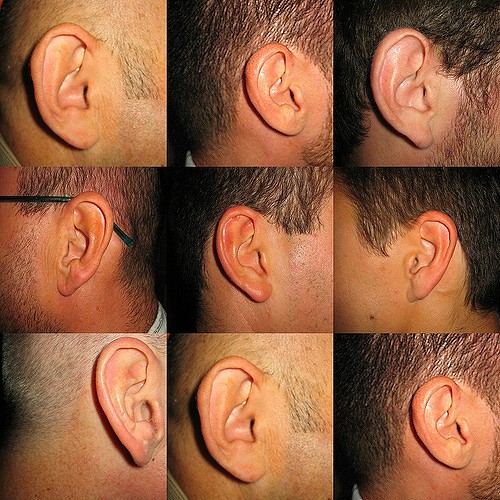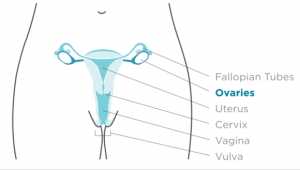Author Interviews, Breast Cancer, Race/Ethnic Diversity, Social Issues / 30.09.2018
Mammograms: Minorities and Poor Less Likely To Report Barriers to Care
MedicalResearch.com Interview with:
Sage J. Kim, PhD
Division of Health Policy and Administration,
School of Public Health,
University of Illinois at Chicago,
Chicago, IL 60612
MedicalResearch.com: What is the background for this study? What are the main findings?
Response: Our study examined the rates at which women who received patient navigation in a randomized clinical trial reported barriers to obtaining a screening mammogram. The trial, called the Patient Navigation in Medically Underserved Areas (PNMUA) study, randomly assigned patients to one of two groups: one received a patient navigation support intervention and the other served as a control. Of the 3,754 women who received the patient navigation intervention, only 14 percent identified one or more barriers to care, which led to additional interactions with navigators who helped overcome barriers.
Black women, women living in poverty, and women who reported high levels of distrust of the health care system were the least likely to report barriers. Women who reported barriers were more likely to have additional contact with navigators and obtain a subsequent screening mammogram. The extra support could help with early diagnosis and better survival and mortality outcomes. (more…)


































